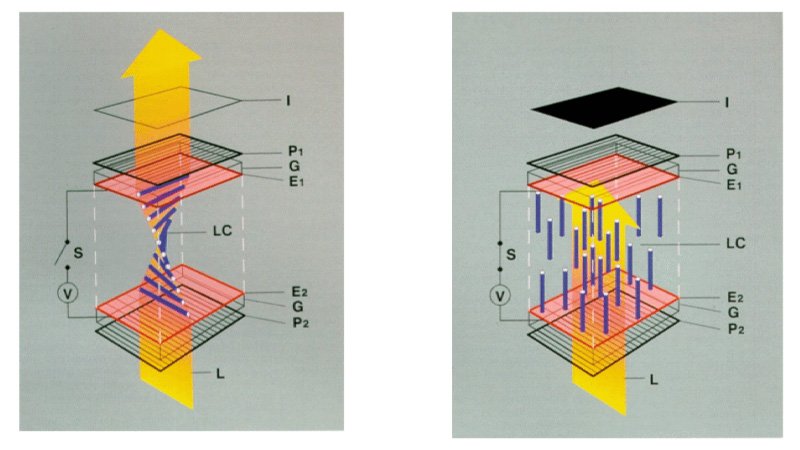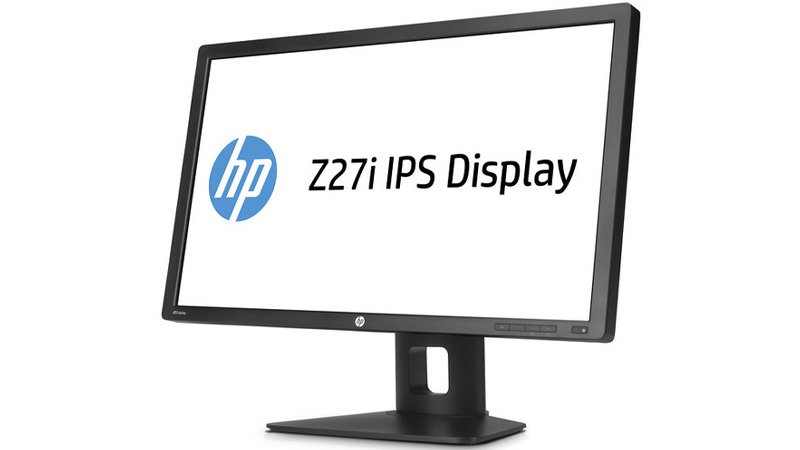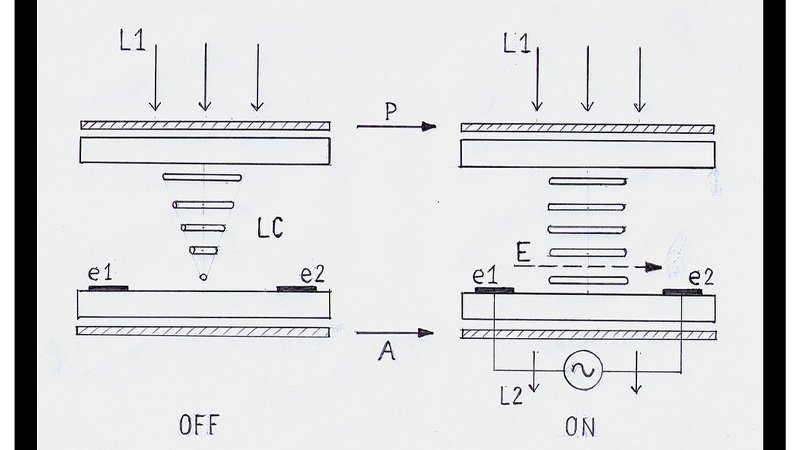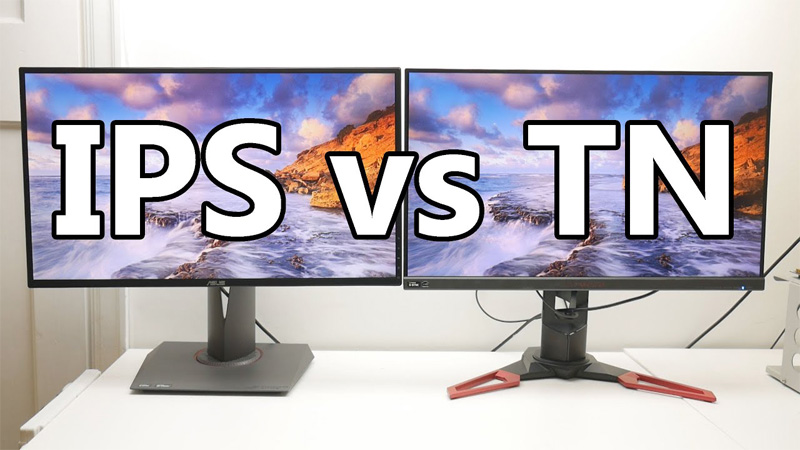Display technology enhances images’ clarity and precision and optimizes them for maximum viewing pleasure. Companies employ the latest, advanced technology that can create an immersive viewing experience by enhancing aesthetics.
TN panels and IPS are the most common display panels used. Why do they capture a good share of the market? We will discuss the two and explain why. We will also tackle their strengths and drawbacks to help you decide which is best.
1. What is TN Panel and IPS?
TN stands for “Twisted-Nematic,” which employs technology using the “twisted nematic effect,” a technological breakthrough that allows the manufacturing of cost-effective, energy-efficient, and less expensive LCD panels.
A TN panel works by untwisting, to varying degrees, liquid crystal molecules trapped between polarizing filters. An electric current results in the untwisting of molecules, altering and controlling light flow. The process ultimately involves displaying content on the screen.
IPS stands for In-Plane Switching. The process is like the TN panel, but instead of liquid crystal molecules twisting and untwisting, they rotate parallel, allowing light to pass.
The process of altering and controlling light and its technology are crucial differences between a TN panel and an IPS. It has far-reaching consequences in terms of efficiency, clarity, precision, performance, and, finally, cost.
Nevertheless, the TN panel and IPS are among the most widely used LCD panels, capturing more than half of the total market share for LCD panels. Their control of the market share and the preference of many to use either TN or IPS is a testament to the overall effectiveness of delivering an immersive experience plus efficiency.

2. Advantages and Disadvantages of TN Panel
TN panels and IPS divide more than half of the market share because the benefits one can give you are the opposite of what the other can give. Each has its adherents and fans. There is no middle ground between them; one can only choose TN or IPS and get everything one offers and none of the benefits of the other.
Among the champions of TN are gamers worldwide from all walks of life who vouched for the overall efficiency and tremendous benefits of using TN panels. Meanwhile, count all those media, photography, and entertainment professionals who vouched that IPS tremendously benefits them.
What are the advantages of using one over the other? Let us delve deeper into TN and IPS and see why they polarize most people and experts.
Advantages of TN Panel
As said earlier, the development of TN is a breakthrough that allows the manufacturing of cheaper, more affordable LCD panels for various purposes. Among the advantages of TN are:
- Quicker Response Time
Response time is the time it takes for an image to shift from one color to another. TN panels are known for their speedy response time. For context, it only takes about one millisecond for a TN panel to respond, whereas an IPS has four milliseconds for its response time rate.
That means that TN panels have a fourfold faster response rate than IPS, which is an incredible speed.
- Incredible Refresh Rate
TN is excellent for a higher refresh rate. Refresh rate is the number of times the screen changes images per second. That is important because refresh rates are responsible for the smooth, seamless content display on a particular device, monitor, or screen.
A refresh rate, measured in Hertz, is equivalent to the number of changes in a second. The TN panel is at 144 HZ, meaning it has 144 updates in a second, compared to IPS, which has only 60. That means that the refresh rate of TN is more than double that of IPS.
You can avoid display issues like lag and blurring if your monitor has a higher refresh rate. Those minor differences may matter in gaming and esports, where split-second differences in display, reaction, and performance spell the difference between victory and defeat.
If there is anything that appeals most to gamers, it is the refresh rate. Refresh rates present practical advantages to them and directly impact performance. However, aside from that, a seamless and smooth display of imaging through higher refresh rates is pleasing to gamers and their viewers aesthetically.
- Less Expensive
The development of TN is due to the need to provide a cheaper alternative to other panels and make them affordable to most people. The advanced technology used and the materials, like the new types of nematic crystals for LCD, allow the production of cheaper panels.
Again, gamers, primarily young people, benefited from the lower production cost of TN panels. In a way, the development and marketing of TN panels led to more and more people playing games because people can now buy display technology at lower prices due to the development of TN panels.
- Energy Efficient
The materials used for producing TN are less expensive and more energy efficient than IPS. TN uses less electricity and is more efficient in utilizing power to display content in the medium.
Disadvantages of TN panels
You can have tremendous benefits using TN panels, but for some people, some serious drawbacks give them pause. Among these are:
- Narrow Viewing Angle
TN has a viewing angle of 170/160. As such, the quality of the image on the screen is not uniform, and there will be some “clarity” issues depending on the angle or from where you are watching. That can impact your viewing experience, especially if you like finer details and precision imaging.
- Color Accuracy
Details have never been TN’s strong suit, and this is especially true about color precision. That is due to its contrast, which measures 1000:1, and the limited viewing angle. As a result, colors become less accurate as you go from the center to the angle, with color shifting becoming more pronounced.

3. Advantages and Disadvantages of IPS
Advantages of IPS
IPS is the darling of experts and professionals. Unlike TN, it offers greater clarity and image precision. What it gives in response time and refresh rates, it makes up with vibrancy and richer texture, providing more life to the display content.
- Excellent Color Precision
IPS has more color because it has a better, more comprehensive color range than TN and reduces the so-called dark spots on the screen. On average, the simplest IPS has 1/3 more color than the best TN panels.
That is an excellent advantage for those looking for details and color for enhanced viewing pleasure. Gamers who want more detailed imaging for their immersive playing experience will always choose IPS.
- Wider Viewing Angle
The color and detail precision are the same in IPS on all sides, unlike in TN, where the color shifts in angles. That makes it ideal for families and friends to watch together, as they can get the same image quality regardless of where they sit.
IPS also entails practical advantages for certain professionals who need greater image precision and color accuracy for their craft. Photographers who want to examine an image and filmmakers who focus on peripheral details will do well having an IPS instead of TN.
Disadvantages of IPS
- Slower Response Time
IPS is slower than TN. That can affect gamers’ performance and may impact the immersive experience.
- Lower Refresh Rate
The 60Hz refresh rate is alright, but certainly not better than what TN offers. IPS is different from TN in terms of seamless display and smoothness. It can impact how you experience a particular content, especially if you are a gamer or watching a fast-paced action film.
- Costly
IPS panels are more expensive than TN panels, mainly due to the materials used for production. They are also costly because they consume more electricity and are thus not energy efficient.
The materials and technology needed to produce color accuracy and precise imaging consume more energy. In short, more vibrant, accurate visual aesthetics require more energy. You need to pay more to get a better aesthetic experience.

4. Which is Best for You?
What is best for you depends on your needs, purpose, and use of the panel.
TN, in general, is best for those who want nothing but to enjoy a particular display content without much hassle and fanfare and at a lower cost. Gamers who want to experience a more immersive gaming experience through fast-paced interaction or casual viewers who want to chill will enjoy what TN offers.
On the other hand, IPS is for those who want more detail, accuracy, and precision in everything they view. They want all angles covered, literally, and they want their medium teeming with life and vibrancy.
For this reason, professionals and some gamers, to whom every detail is essential, will choose IPS over TN. They are willing to go the extra mile to get the immersive experience they covet.
We at LEDSINO offer display technologies employing TN panels and IPS. Whatever suits you, we can be of invaluable help, guiding you to the intricacies of both technologies.

5. Final Thoughts
TN and IPS have the lion’s share of the market because both provide a wide range of benefits for many consumers. Although they are opposites regarding efficiency (response time and refresh rate), color accuracy, and precise imaging, both can be excellent performers for the right consumers. Depending on their use, consumers can enjoy what each offer.



